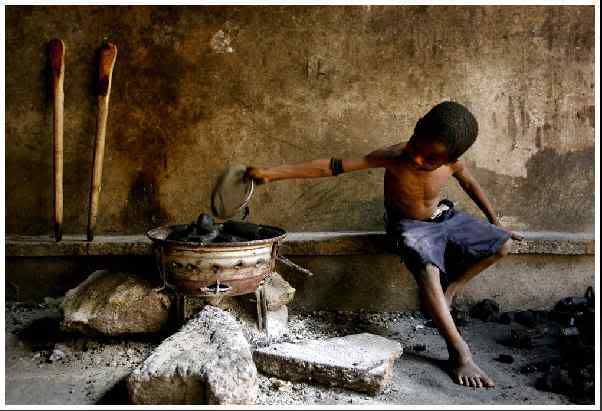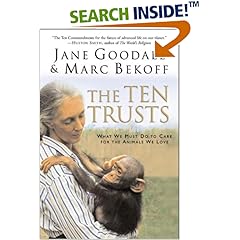 Blazing speed is of the essence and many times not nearly fast enough for containment in hard to reach areas, to stop the spread of such an indiscriminate killer. It strikes fear in the hearts of international health professionals, rural dwellers and experts with just the mention of its name, Ebola. Somewhere between half to 80% of those infected, die a horrible, pain ridden death. It is confirmed that people are perishing in central Congo, particularly Kinshasha, from a new outbreak of Ebola.
Blazing speed is of the essence and many times not nearly fast enough for containment in hard to reach areas, to stop the spread of such an indiscriminate killer. It strikes fear in the hearts of international health professionals, rural dwellers and experts with just the mention of its name, Ebola. Somewhere between half to 80% of those infected, die a horrible, pain ridden death. It is confirmed that people are perishing in central Congo, particularly Kinshasha, from a new outbreak of Ebola."The symptoms last between five and seven days," he added.
People in the province, as in other parts of the country, are at further risk of contracting the fever due to the lack of observance of safe practices in the handling and disposal of dead bodies.
Two of the victims of the latest outbreak were pastors who came into contact with infected patients in their churches, according to Kanow.
The fever was first recognised on 8 June after the deaths of two village chiefs. Subsequently, all those who assisted in the burial also died, Kanow said.
According to Makwenge, health teams had been mobilised at the local, national, and international level to help deal with the outbreak.
Ebola outbreaks in the Congo in the recent past have drawn swift reactions from the United Nations, World Health Organization (WHO) and the US Center for Disease Control (CDC). A deadly pathogen believed to have originated in Congo in 1976, killed 300. No one knew what is was during that initial outbreak. Now, the horrific pathogen commands fierce respect and is studied in laboratories with special protocols and equipped facilities where even the air is filtered differently while scientists are hooked into space suits. Ebola has no known cure and does not respond to antibiotics.
Gorillas are horribly endangered to the point of extinction in Congo. Ebola is decimating their populations as well on top of the indiscriminate poaching, brutish civil wars and extreme decimation of their natural habitats. (photo AP)
The Western Gorilla's main subspecies — the Western Lowland Gorilla — has been decimated by the Ebola virus, which has wiped out about a third of the gorillas found in protected areas over the last 15 years.
"In the last 10 years, Ebola is the single largest killer of apes. Poaching is a close second," said Peter Walsh, a member if IUCN's Primate Specialist Group, told the AP. "Ebola is knocking down populations to a level where they won't bounce back. The rate of decline is dizzying. If it continues, we'll lose them in 10-12 years."
Female gorillas only start reproducing at the age of 9 or 10 and only have one baby about every five years. Walsh said even in ideal conditions, it would take the gorillas decades to bounce back.
 The illustrious Jane Goodall, the primatologist, has made preservation and conservation her life's work. Her groundbreaking Institute is celebrating thirty years of outstanding contributions to humans and chimpanzees alike. In 2003, she released The Ten Trusts: What We Must do to Care For The Animals We Love.
The illustrious Jane Goodall, the primatologist, has made preservation and conservation her life's work. Her groundbreaking Institute is celebrating thirty years of outstanding contributions to humans and chimpanzees alike. In 2003, she released The Ten Trusts: What We Must do to Care For The Animals We Love.
 To frighten you right out of your socks and wits about the deadly Ebola and Marburg viruses, read Richard Preston. His books, Hot Zone: A Terrifying True Story (Ebola/Marburg) and The Demon in the Freezer (smallpox stashes) are informative, the narratives chilling and true, but they will keep you thinking long after you put the book down about what virus is floating around us and how fast it can spread causing an epidemic that could easily spin out of control. Ebola is a worst case scenario. Marburg happened in Virginia.
To frighten you right out of your socks and wits about the deadly Ebola and Marburg viruses, read Richard Preston. His books, Hot Zone: A Terrifying True Story (Ebola/Marburg) and The Demon in the Freezer (smallpox stashes) are informative, the narratives chilling and true, but they will keep you thinking long after you put the book down about what virus is floating around us and how fast it can spread causing an epidemic that could easily spin out of control. Ebola is a worst case scenario. Marburg happened in Virginia.












No comments:
Post a Comment